PLANNING FOR HIGH YIELDS
Posted on Jan 09, 2017
By Brent Bean, Sorghum Checkoff Agronomist
Lubbock, Texas
Achieving high sorghum yields, especially for yields over 200 bushels, requires thoughtful planning about multiple aspects of crop management. In many cases, this means focusing on the fundamentals, or as they say, getting back to the basics.
Field Selection
It is very important to select good fields with fertile, well drained soil with good water-holding capacity. Also, farmers should select fields with a proven history of manageable weed infestations.
Seed Selection and Seeding Rates
A good crop starts with good hybrid selection. Generally, longer-maturing hybrids are required to reach high yield levels. This may require a switch from conventional early-medium or medium-maturity hybrids to medium-late hybrids.
Seeding rates will likely need to be higher. For 200-plus-bushel yield, increase seeding rate to 100,000 to 120,000 seeds per acre.
Planting will need to be early to accommodate a longer-maturing hybrid. However, 60 F soil temperature is still the minimum temperature at which sorghum should be planted. Planting in cold soil will increase emergence time making the plants more susceptible to disease and insects and even herbicide injury.
Other Considerations
Good stand establishment is a critical factor in maintaining high yield potential. Farmers should plant on a firm, clean soil bed with a well-maintained planter. Seed should be treated with both a broad-spectrum fungicide and insecticide.
Although not critical, most research has shown that narrow rows will produce higher, top-end yields than wider rows. Row spacing should be no wider than 30 inches, or a twin row configuration should be used on wider rows, if possible.
Keep the sorghum weed-free by using a broad-spectrum pre-emergence herbicide. Be prepared to use a post-emergence herbicide early in the season, if needed.
N fertilizer for high sorghum yields is best applied in multiple applications. Apply 50 percent of the needed N preplant and 25 to 50 percent as a sidedress application 28 days after crop emergence. Under sprinkler irrigation, if possible, save 35 to 45 pounds of the needed N and apply at the boot stage of development.
Throughout the growing season, fields should be scouted for insects and diseases and treated as soon as economic thresholds are reached. Your local agronomist should be able to help with specific recommendations.
KP

